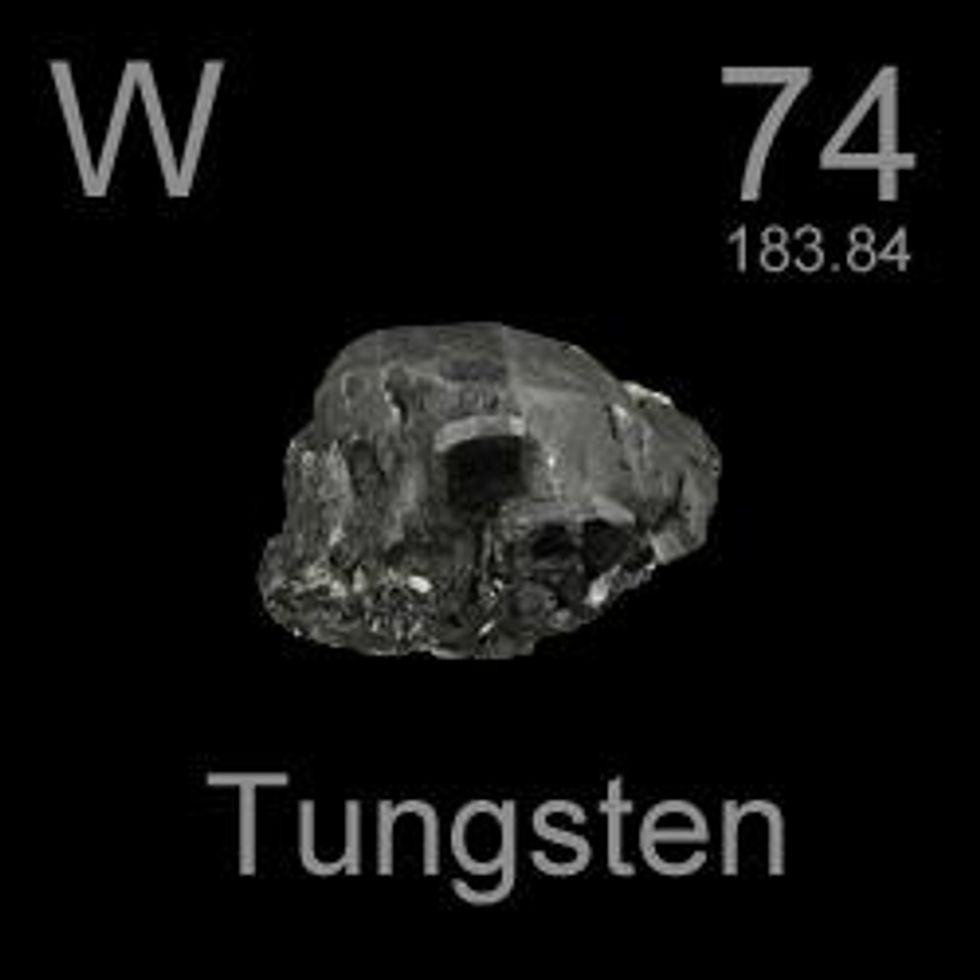Knick Exploration released a historical survey on its Trecesson property that it claims contains incredibly high-grade tungsten.
Tucked away in Southwest Quebec sits Trecesson, a gold-tungsten property that Knick Exploration (TSXV:KNX) hopes can live up to historical hopes. Situated near the town of Amos, and about 75 kilometers north of Val d’Or, the property has undergone many ownership switches since it was first assayed in the 1950s.
Knick Exploration owns four properties: Trecesson; East-West, near the Val d’Or mining camp; Triple Lake, near Timmins, Ontario; and Ogden, also near Timmins. While Trecesson has shown varying levels of gold, the company is interested in its potential to become a high-grade tungsten producer.
An intriguing history
The property was surveyed by legendary mining engineer and geologist George H. Dumont in 1951. He would later be inducted into the Canadian Mining Hall of Fame in 1995 after his involvement in properties and discoveries such as the Adelmont gold mine, the Monique gold deposit, the Rightbar gold mine and the Bras D’Or mine, to name a few. At the time he was 20 years into his career as an engineer and geologist.
Knick Exploration released Dumont’s report on Tuesday to showcase the historical value of the property.
In his 1951 report on what was then called the Tremblay property and owned by Quebec Tungsten, Dumont lists assay results of 0.45-percent tungsten trioxide and estimates that “fair tonnage [is] a certainty.” Knick Exploration, the current owner of the property, believes Dumont’s findings are justified.
“He did some great work on it. What’s impressive is he had to do this with a UV light,” said Jacques Brunelle, president and CEO of Knick. “It’s impressive.”
Dumont’s report also references the discovery of low gold values at the property, which Knick is also looking to explore.
What’s new?
While history helps provide background for any project, current results help pay the bills. In 2013, Knick completed preliminary mapping, stripping, washing and sampling. Three samples from Vein Number 9 — which was surveyed by Dumont — show 0.64-percent, 0.63-percent and 0.55-percent tungsten trioxide.
A second mineralized vein, which Knick refers to as the Scheelite Vein, has shown values of tungsten trioxide ranging from 0.53 percent to 16.89 percent.
“We’ve got some good grade within the vein. The grade is just fantastic, it’s out of the box and different,” said Brunelle.
He said there’s an area between Vein Number 9 and the Scheelite Vein that hasn’t seen consistent drilling. On the northwest section there is an IP anomaly that hasn’t been tested, which Brunelle hopes is roughly half a kilometer to 800 meters of key veining system in place.
Cash always appreciated
Moving forward, Brunelle said the company is looking to help raise money for the project and is willing to go in with a partner. “We’re looking for financing and partnership,” he said.
While the reported grades have been remarkable, Brunelle admitted some people doubt the validity of them.
“[People in Quebec] haven’t believed in our numbers,” he said, but invited anyone who has doubts about the mineralization of the tungsten to come to the site. He admitted the grades are high, but denied that they are in any way false.
Securities Disclosure: I, Nick Wells, hold no direct or indirect investment in any of the companies mentioned.

